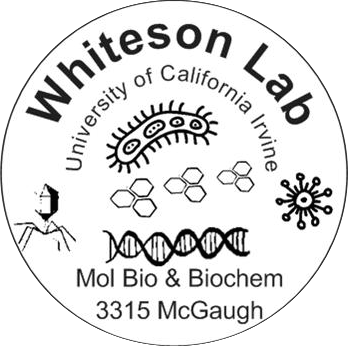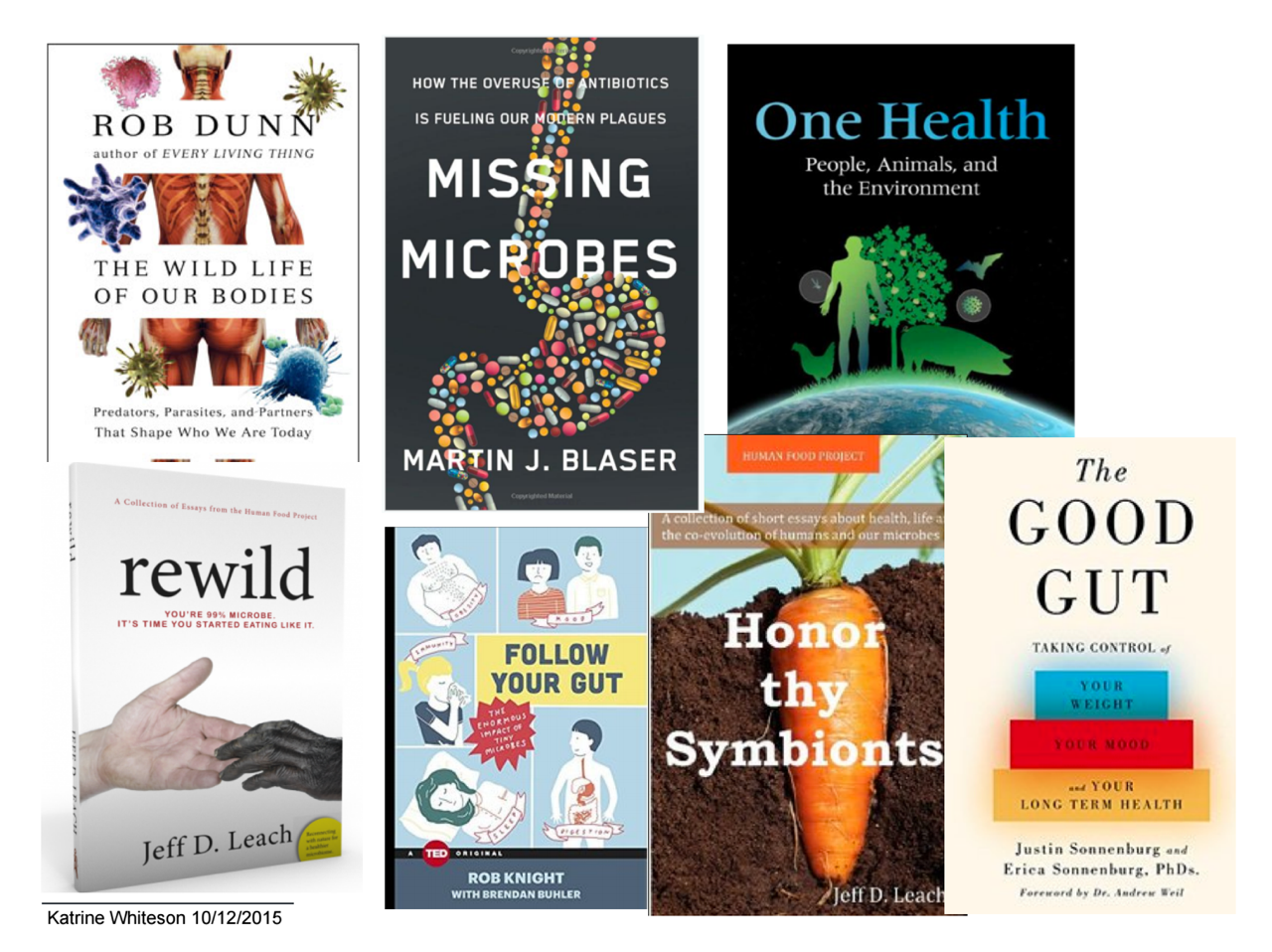
Microbiome | Bioinformatics | Tutorials | Further Reading
Reading about the Microbiome:
- Jorge Cham’s animated comic about the microbiome here.
- The New Yorker’s article about fecal transplants.
- The New Yorker’s article about the microbiome.
- The NY Times’ article about the microbiome.
- SDSU Professor Forest Rohwer (Dr. Whiteson’s former boss!) wrote a “phage field guide” called Life in our Phage World, featured in the New Yorker here.
- Rob Knight’s coursera course on the human microbiome.
Bioinformatics
- UCI’s computing cluster, the HPC, takes a little bit of time to learn to use.
- Tagged posts with tips from lab members
- Beginner’s R tutorial here.
- Rob Edwards’ blog.
Dr. Whiteson asks interested students to try this exercise as a test of interest and willingness to try R. She has other tutorials as well; data analysis is an increasingly important part of biology:
- Install R: http://cran.rstudio.com/
- And R Studio: http://www.rstudio.com/ide/download/desktop
- Follow the instructions in this tutorial to use public data to run a Random Forest: http://www-rohan.sdsu.edu/~babailey/bridges11/
- Read the presentation
- Do Rlab1
- Finding Papers: Set up an RSS feed using https://feedly.com/
- Go to the website of a journal you’re interested in, and find the RSS button, usually at the bottom (or, Google the journal+RSS and find the link)
- Go to NCBI and search for a PI that produces interesting work, and create an RSS
- Copy URLs into Feedly and add to a collection

- Reading Papers: Check out the Frasier Lab’s 80/20 theory as a guideline to determine which papers to read:
- Scan through articles in RSS feeds and save ~20% of articles to read abstracts (~1-3 seconds/paper to scan, ~5-10 seconds to read abstracts)
- Open full article for ~20% of abstracts read, and scan through figures/headings (~15-45 seconds/paper to scan)
- Fully read through ~20% of papers scanned; bail on the rest part way through (~1-3 minutes when bailing, ~3-15 minutes when reading fully)
- Study ~20% of papers read fully by reading multiple times and looking at references (~20 minutes-2hours/paper, and only for 1-2 papers)
- Reading List of useful papers:

